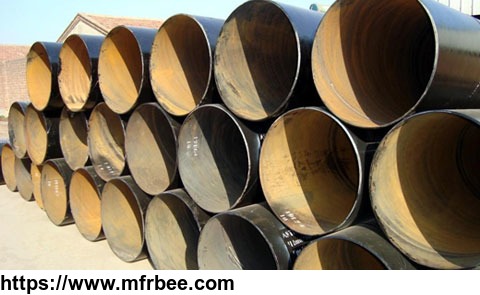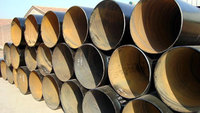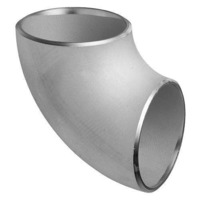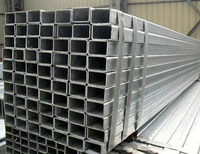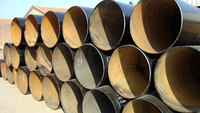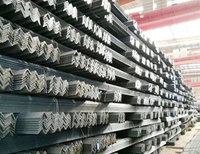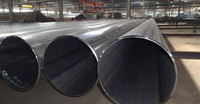SSAW steel pipe JIS A5525
Specifications
1. Welded Pipe
SSAW Steel Pipe
Process:Spiral Submerged- Arc Welded Steel Pipe
Usage:Used for low pressure liquid delivery, such as water, gas, and oil; construction and piling
Standard:API 5L, API 5CT, ASTM A252, ASTM 53, EN10217, EN10219, BS, JIS, IS
Certificate:EN10217, EN10219, API 5L PSL1/ PSL2, API 5CT
Out Diameter:219.1 mm – 2540mm (8"-100")
Wall Thickness:3.2mm - 25.4mm
Length:6 – 22 m
Steel Grade:API 5L: GR A, GR B, X42,X46, X56, X60,X65,X70
ASTM A252 GR 1, GR 2, GR 3
ASTM A53: GR A, GR B, GR C, GR D
BS 4360: Grade 43, Grade 50
EN: S275, S275JR, S355JRH, S355J2H
Surface:Fusion bond Epoxy coating, Coal Tar Epoxy, 3PE, Vanish Coating, Bitumen Coating, Black Oil coating as per customer’s requirement
Test:Chemical Component Analysis, Mechanical Properties (Ultimate tensile strength, Yield strength, Elongation), Technical Properties (Flattening Test, Bending Test, Blow Test, Impact Test, Exterior Size Inspection, Hydrostatic Test, X-ray Test
Mill Test Certificate:EN 10204/3.1B
These are the elements listed in stainless steel tubes:
Nitrogen: It is used to stabilize the austenitic structure of stainless steel, which enhances its resistance to pitting corrosion and strengthens the steel.
Titanium and Miobium: Titanium and Miobium are used to reduce the sensitization of stainless steel. When stainless steel is sensitized, intergranular corrosion can occur.
Copper and Aluminum: Copper and Aluminum, along with Titanium, can be added to stainless steel to precipitate its hardening. Hardening is achieved by soaking at a temperature of 900 to 1150 F. These elements form a hard intermetallic microstructure during the soaking process at the elevated temperature.
Sulfur and Selenium: Sulfur and Selenium are added to 304 stainless to make it machine freely.
- Country: China (Mainland)
- Business Type: THREEWAYSTEEL
- Founded Year: 1993
- Address: No.9 Xiangfu Road, Changsha, Hunan, China, PC: 410116
- Contact: Threeway Steel Co.,Ltd
